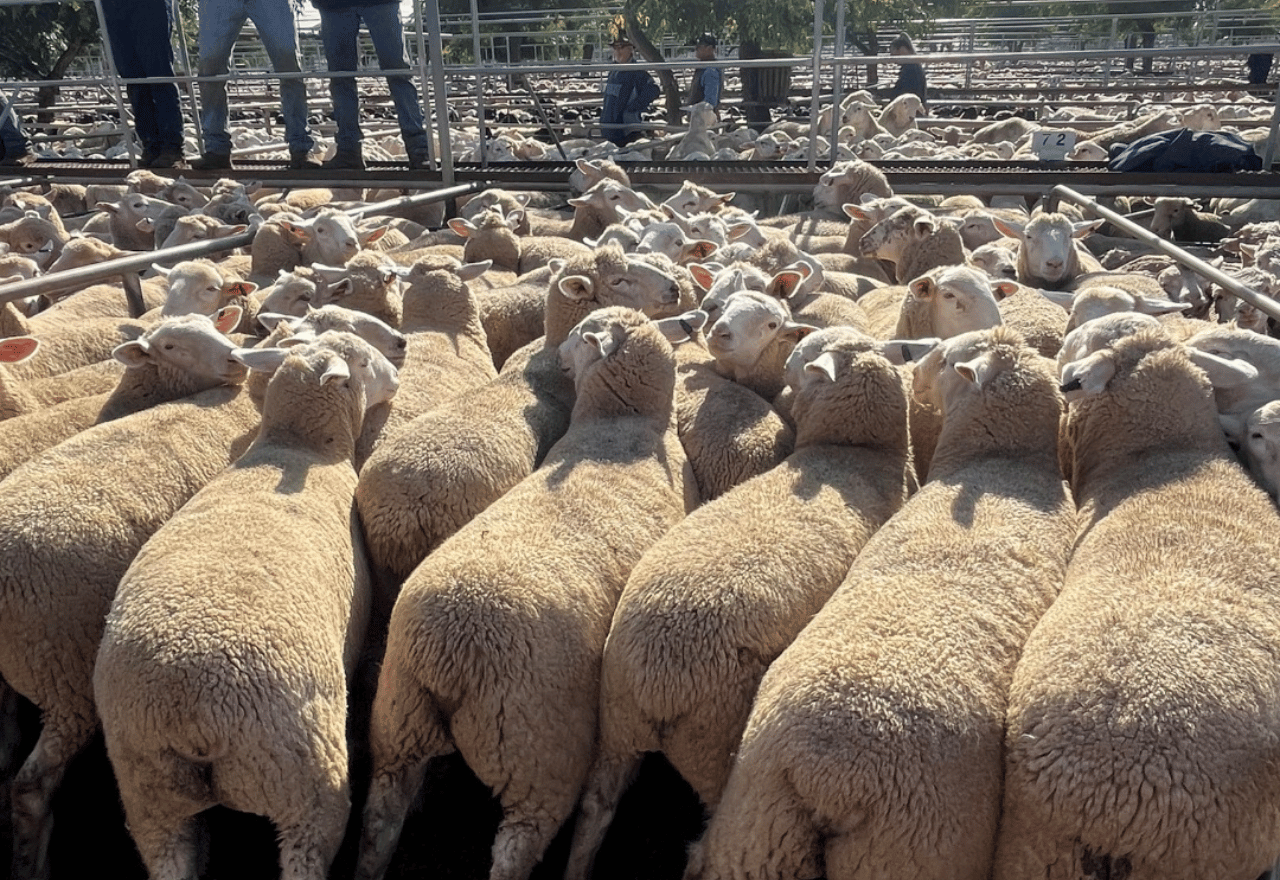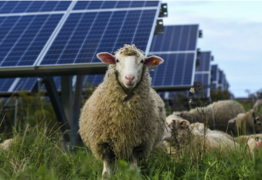'Historic' biosecurity budget but where will it land?
Kristin Murdock
25 June 2025, 9:20 PM
 Feral pigs are just one animal in the target of new biosecurity funding
Feral pigs are just one animal in the target of new biosecurity fundingThe NSW Government has announced a landmark investment of over $140 million in biosecurity and agricultural research as part of its 2025–26 State Budget, a move described as essential to protecting the state’s $20 billion primary industries sector.
Premier Chris Minns and Minister for Agriculture and Western NSW Tara Moriarty unveiled the funding, which includes $100 million dedicated to biosecurity initiatives and $41.2 million for modernising research and development across the state.
NSW Farmers have welcomed the investment but are waiting for clarity on where and how the dollars will be directed.
“This is a long-term investment to ensure farmers can continue doing what they do best, knowing the Government has their back when it comes to managing weeds and pests,” Premier Minns said.
Minister Moriarty said the package would “turbocharge the fight” against invasive species including feral pigs, deer, red fire ants, and noxious weeds, all threats that are increasingly frequent and severe across rural NSW.
“We are standing with our farmers to show them how to deal with these problems and to battle any feral problems head-on to make a real difference,” she said.
The $100 million in new additional funding will also be invested to further strengthen the state’s biosecurity detection, protection and response, bringing the state's biosecurity budget to a historic and eyewatering $1.05 billion.
The new biosecurity model adds to existing activities that have included:
- Over 212,000 feral pigs and 18,000 deer already controlled.
- The appointment of NSW’s first Independent Biosecurity Commissioner.
- 200+ biosecurity workshops and 39,000 one-on-one consultations with Local Land Services officers.
- $95 million invested in red fire ant containment, more than any other state.
In a nod to “future-facing farming”, $41.2 million will also be invested in research infrastructure upgrades and emerging technologies such as AI-assisted farming, climate-resilient crops, and digital tools to support producers across NSW.
The funding will include a graduate program to develop a new generation of agricultural scientists and biosecurity specialists.

NSW Farmers President, Xavier Martin said his organisation wants greater transparency about the new funding.
What this means for the Western Plains
The Western Plains stands to benefit directly from the Minns Government’s biosecurity boost:
- Feral Animal Control: Feral pigs, long a problem in areas like Walgett, Bourke, and Coonamble, will be targeted under expanded surveillance and eradication programs. These pests cost regional landholders millions in damage annually.
- Weed Management: Programs like the Weeds Action Program, which already operates across the Western Plains, will receive enhanced support to tackle emerging weed threats before they take hold.
- Support for Farmers: the new budget promises local landholders will continue receiving training and one-on-one support from Local Land Services officers.
- Research & Innovation: While major research hubs are concentrated in other parts of NSW, regional producers, including those in the Western Plains, will benefit from statewide improvements in AI tools, climate adaptation research, and digital extension programs.
This localised focus underscores the role that biosecurity plays not just in economic productivity but in the everyday resilience of regional communities.
Farmers want more clarity
While the funding has been broadly welcomed, NSW Farmers President Xavier Martin has called for greater transparency about how and where the money will be spent.
“Funding to fight pests and bolster our biosecurity is all welcome news, but we’re still waiting on the detail as to where this money is really going, and one-off payments won’t do the job,” Mr Martin said.
He also pointed to other budget allocations, including $9.3 million to fight feral pigs and deer, $4.2 billion for disaster relief and $2.8 billion in road safety funding, as important, yet not sufficient without targeted investment in rural infrastructure and recovery.
“Without Category D disaster assistance, we’re not confident farmers can get back on their feet,” he said.
“Further funds also need to flow to fix our ruined local roads, boost our mobile connectivity and get our regional rail lines back on track.”



